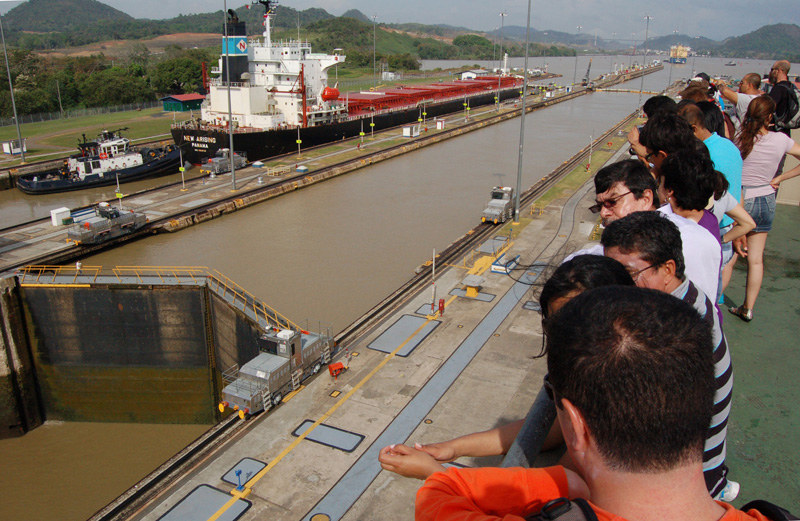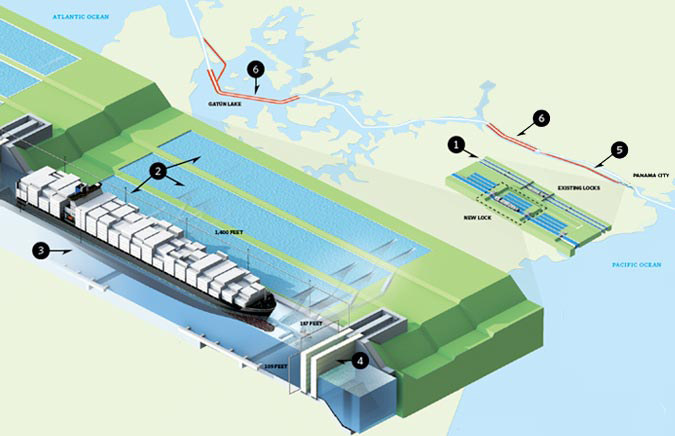
Uncertain Future for the New Ditch

© Latitude 38 Media, LLC
Considering the legendary difficulties that both the French and Americans endured while building the original Panama Canal a century ago, it’s not surprising that construction of a new set of locks — originally slated to open this summer — has fallen substantially behind schedule. But recent news reports indicate that the colossal construction project has much bigger problems that meeting a theoretical timetable.
The whole issue is intensely complicated, but in a nutshell the multinational contracting group GUPC (United for the Panama Canal Group) has run out of funds to continue the multi-phase project, and is demanding — but so far has not received — an over-run payment of $1.6 billion in order to continue, which is more than a third of its original $3.2 billion bid. It’s been reported that a complete work stoppage could come as early as next week.
When proposed in 2006, the project received overwhelming support from both the Panamanian government and its citizenry, 76% of whom showed their approval in a national referendum. When — or if — completed, the new locks will accommodate ‘New Panamax’ class vessels which are up to 1,400 feet long and 180 feet wide, as compared to the current maximums of 950 feet x 106 feet.
The root of the problem today, however, seems to be that the project was massively underbid, which many now claim was obvious at the outset. Allegations of corruption are rampant. According to the online Panama News, "The U.S. Embassy and every credible independent business observer identified the winning bid as a grossly unrealistic low ball offer at the time that the contract was awarded to GUPC, with the Americans suspecting that there was a hidden subsidy from the Spanish government at the time." The key players in that government are now out of office, however, and Spain has enormous financial problems of its own.

©2014 Latitude 38 Media, LLC
The further you dig into the controversy the more tangled this web appears to be. But construction is so far along already — and so critically important to Panama’s future — that we have to believe it will be completed one way or another. Indeed, The Panama Canal Authority (ACP) is considering a plan to finish the work with its own resources, while (again, according to The Panama News) "the U.S.-based Bechtel corporation [is] waiting in the wings."
Meanwhile, 500 miles to the north, it was recently announced that Nicaragua will break ground this year on its own Pacific-to-Caribbean waterway. The project, expected to take five years to complete, will traverse 170 miles across Central America, and is largely being funded by Chinese telecom billionaire Wang Jing.
What will the bottom line impact be on sailors? That’s anybody’s guess. When and if Panama’s new lane opens it could make small boat transits easier. But that’s not a sure bet. And while Panama has a mandate to allow (annoyingly) small vessels through, it remains to be seen if Nicaragua will follow suit or simply shoo them away in deference to massive cargo traffic.
